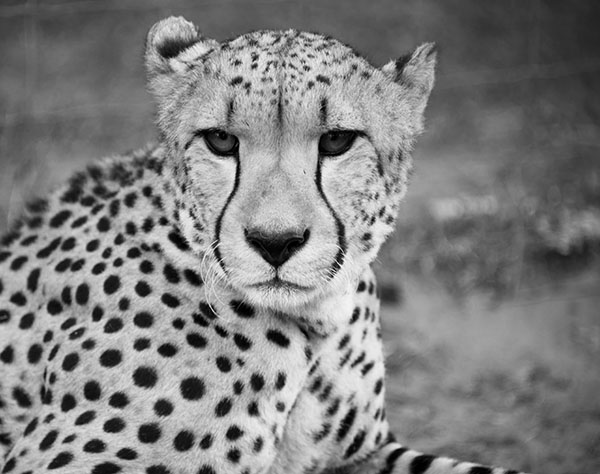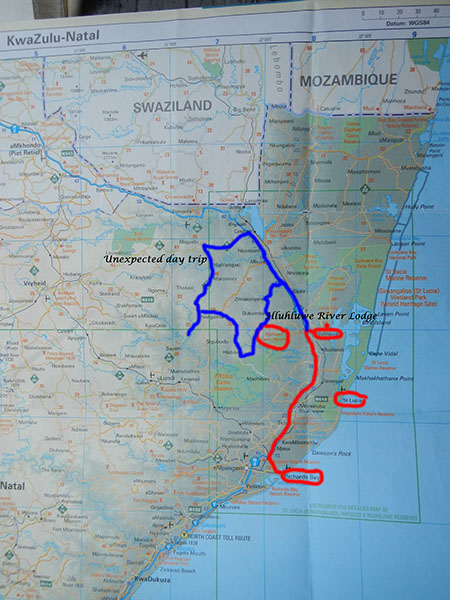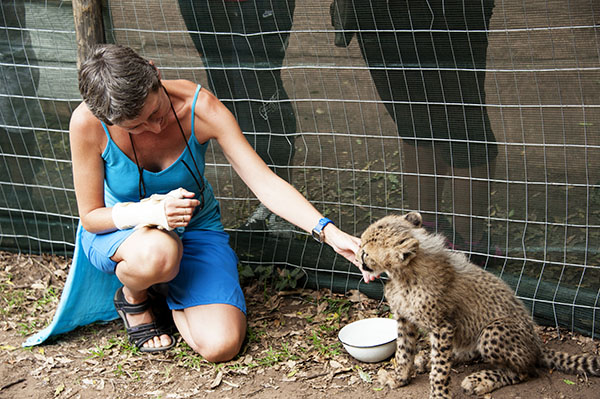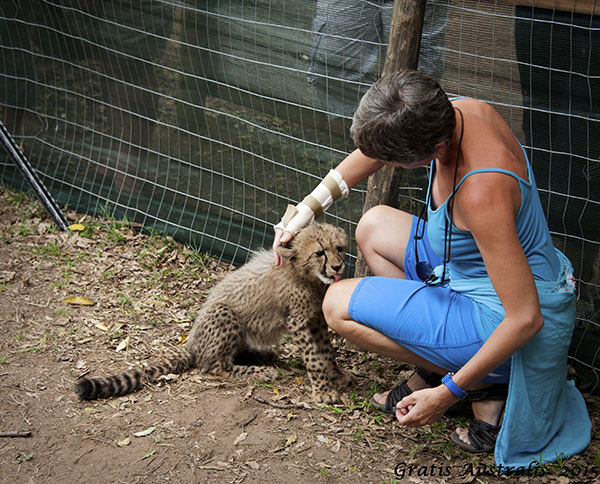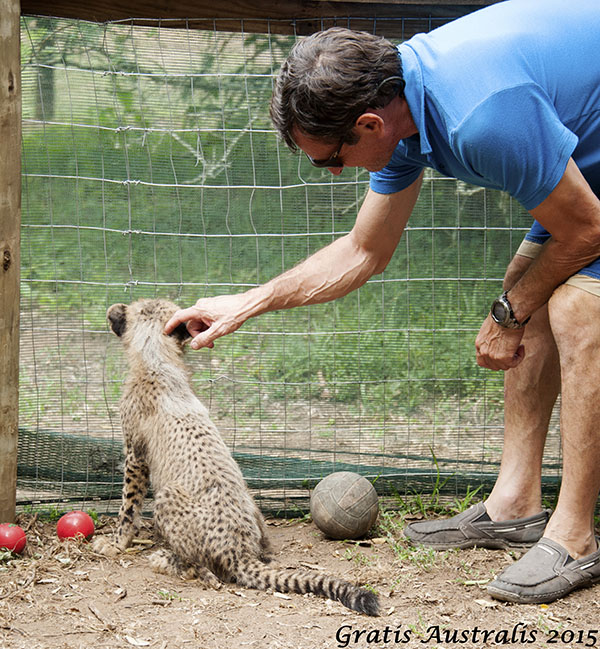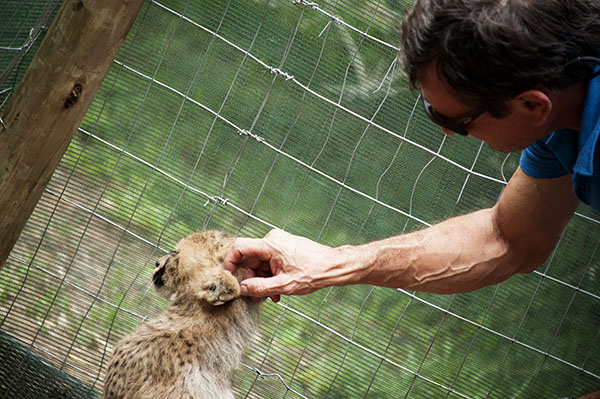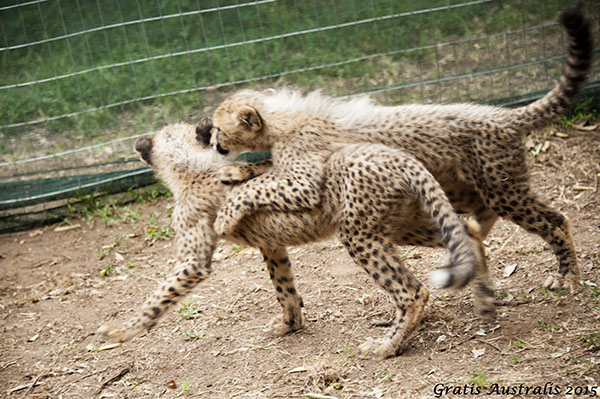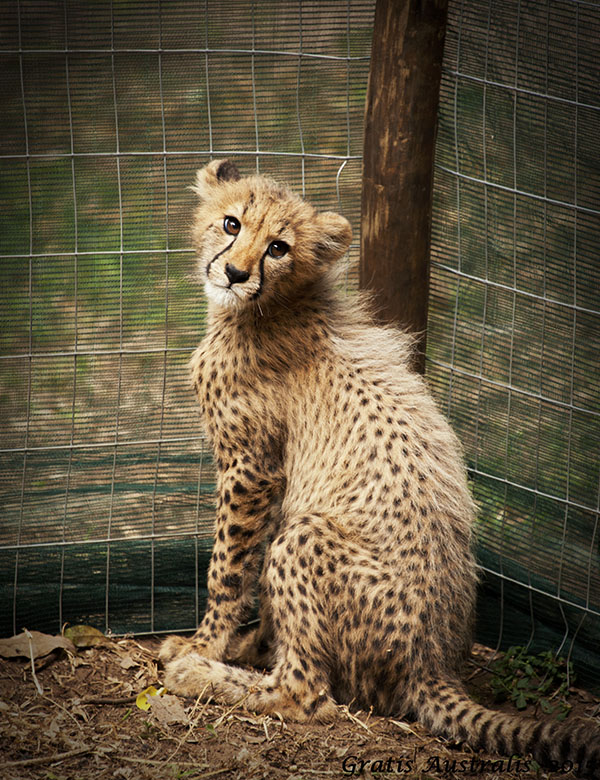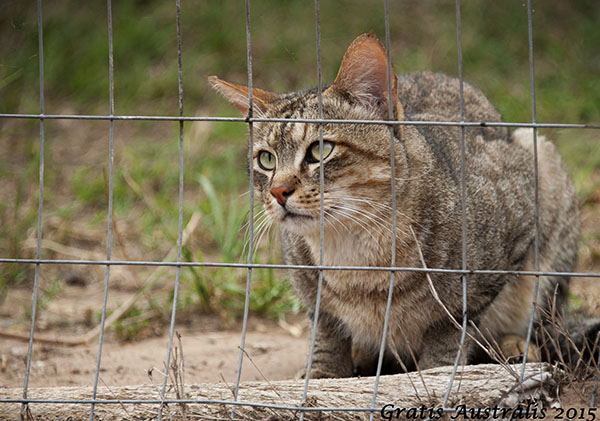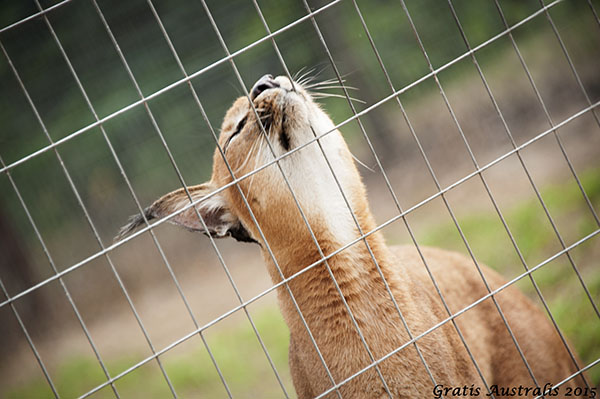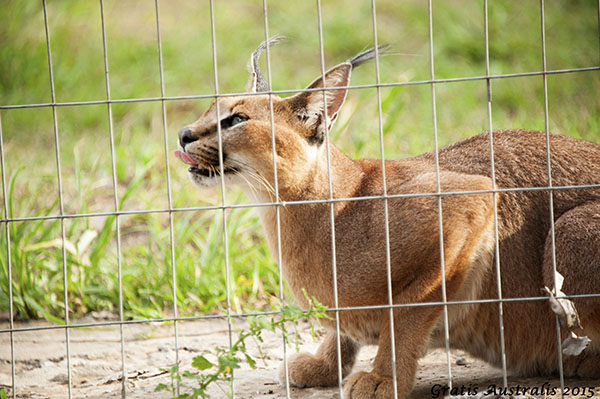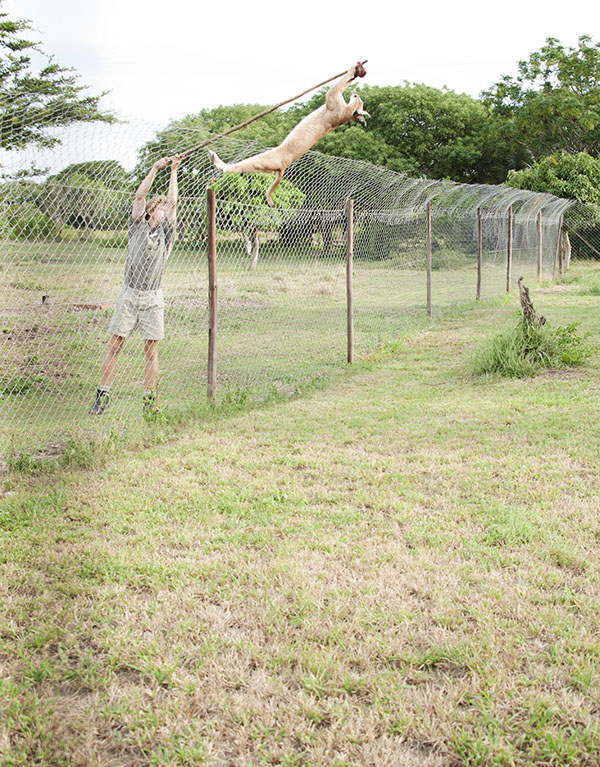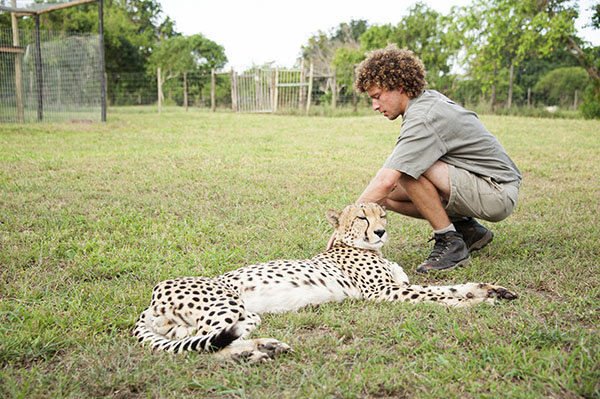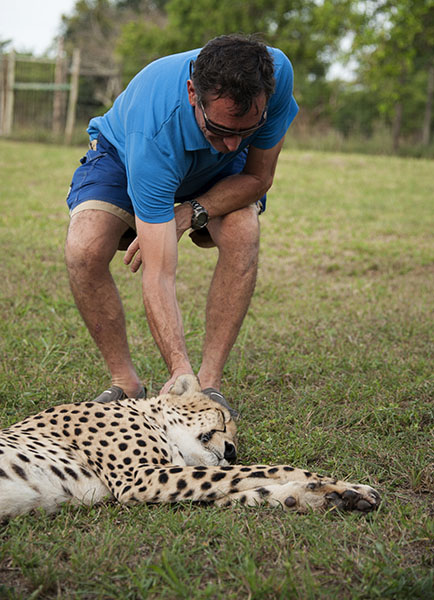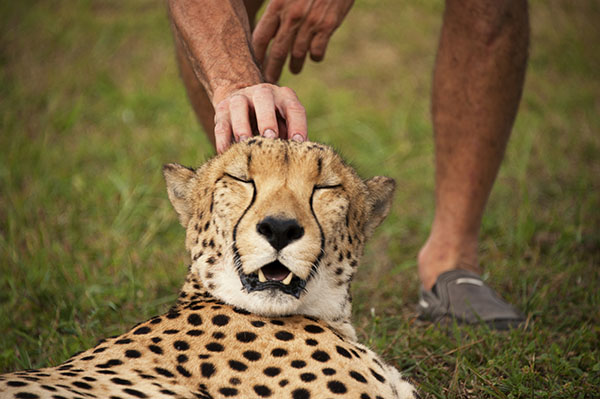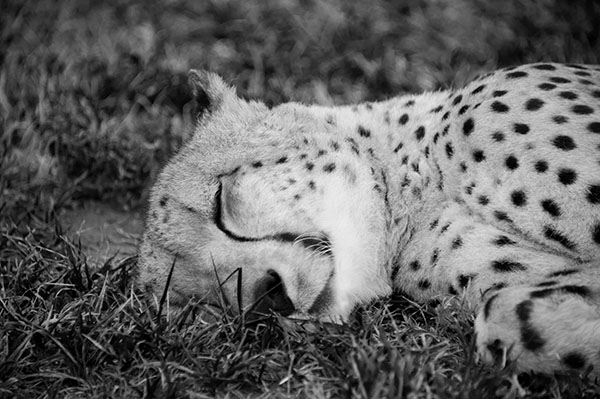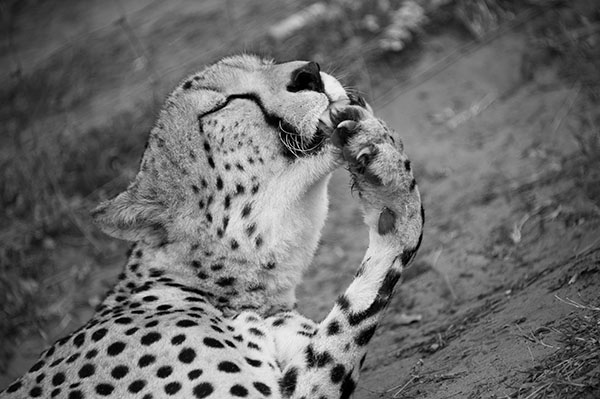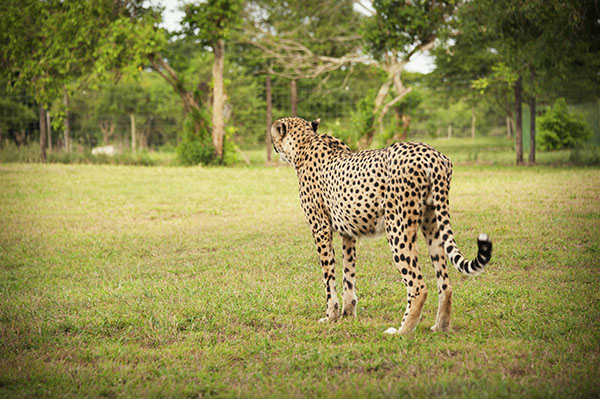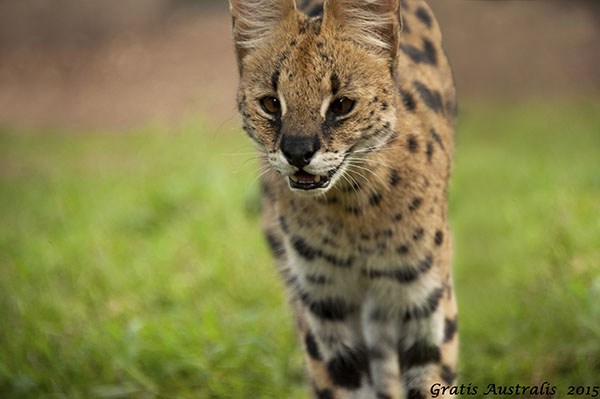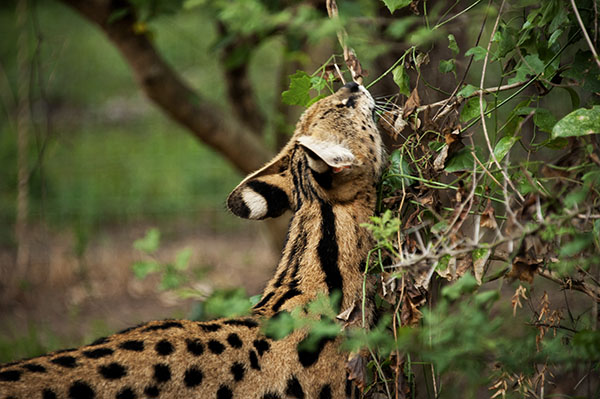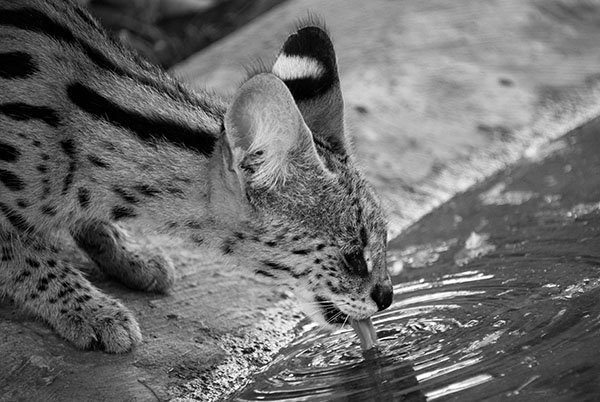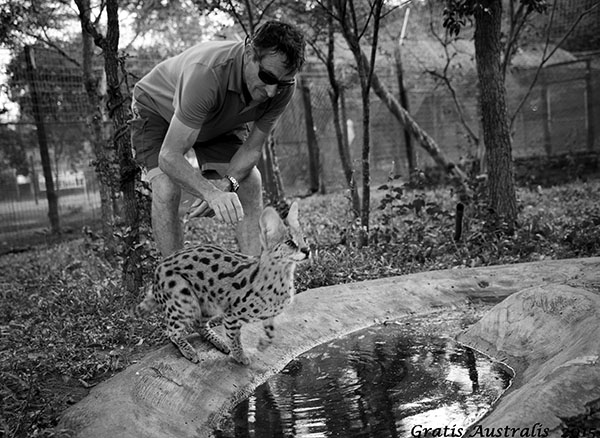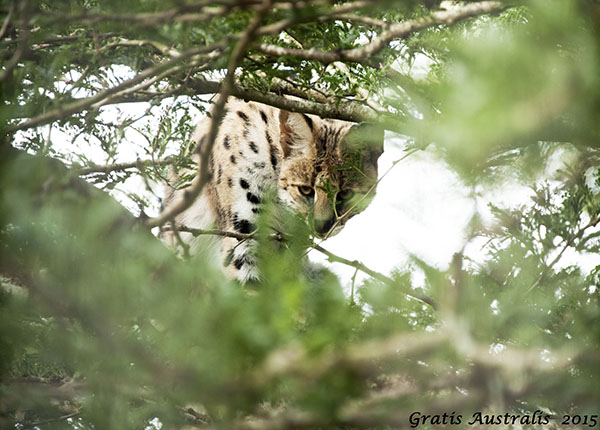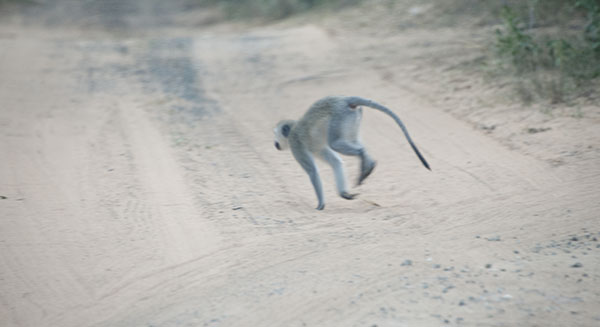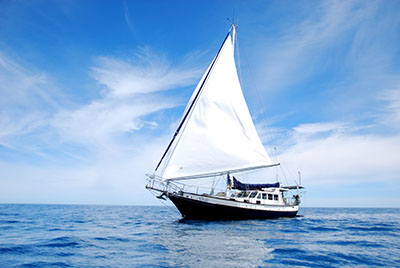No images this morning. Believing we were heading to Bayeto Zulu Elephant Game Park and informed the drive was only 45 minutes duration, we were surprised when the distance was much greater. With no sign posting, which puzzled us a little, we continued onward, for our information came from a local in the marina who knew the area. It was only upon finding ourselves well past the point at where we expected the entrance that Bob and I discovered how far off we were. Already late, with only one session per day, no hope of a later entry was possible, so we made the decision to return to Hluhluwe and explore the northern St Lucia wetland.
This wasn’t to be. With a map that contained only partial detail, we were hindered by the lack of intricacies (a book of South African maps, or multiple numbers of paper ones are the go, but for a short trip, it just wasn’t worth the additional costs) and a great deal of backward and forwarding resulted.
We regularly encountered cows and goats who were watched upon by herders as they grazed upon the roadside vegetation.
The trip itself was an eye opener, as we travelled through townships inhabited by the native Africans.
Small closely matchbox sized homes (some architecture reminiscent of the portuguese influence) on tiny blocks of land. People washing clothes in small creeks of water, young girls transporting pots of freshwater upon their heads. Men sitting in enclaves under the shady large spreading branches of occasional trees. The markets, a boisterous mass of people adorned in dazzling colours, whilst cars added to the pendomonium as the drivers crisscrossed the road in various directions. Electricity supply and water supply seemed in short supply here: it was interesting, for whilst we were driving along, a news report on the radio had a short segment about a group of villagers who held up the N2 and caused traffic jams whilst protesting about the lack of promised electricity supply.
Unemployment at a high of 70% plus young people wandered every which way. The matriculation results were released this day: with a pass rate of 53% – down on the 59% of the 2013 school year – the powers that be were in an uproar as they searched for an explanation. Poor education equals lower prospect of employment: at each road corner, people stand with cardboard placards upon which is printed a request for monetary assistance.
Wages poor: 800 to 1000 ($8 – $10AUD) rand per week. A good example is of a business owner bringing in 6000 rand in one day and from that paying his three or four workers 100 to 150 Rand per day for the heavy work they carry out. Observing this, one realises how fortunate we truly are in Australia.
The blue marks the path of the unexpected exploration we had.
Upon visiting the Emdoneni Cat Rehabilitation Centre at Bushlands (www.emdonenilodge.com/cat-rehabilitation), our day was made late this particular afternoon.
Over the duration of two hours we were introduced to caracals, cheetahs, the wild cat breed from which our moggies derive and more.
In what could be described as extraordinary; momentous; phenomenal; unbelievable; mind – blowing, we interacted and touched baby cheetahs in addition to the most majestic full grown adult male.
These little fellas loved to play: even at this young age of 3 months, the cubs practice hunting techniques. It’s already possible to observe the power and speed that hold their quarry ensnared.
Most of the cats within this centre have little interaction with humans as the aim is to return them to the wild. A breeding programme is underway in order to increase both cheetah numbers and their gene pool. As a result of limited pairings when their territories were reduced and whilst within zoos, interbreeding occurred, thereby creating a severely weakened and deficient gene pool. If the numbers of these magnificent creatures fall below the 1000 mark, they will be considered extinct.
It’s easy to see from which cat our pets derive.
The Caracal, appears placid one minute whilst the next is ready to pounce…..
Not the best images, for I was working on guess work for positioning and height, but they still give you an idea of the mind boggling height these cats can leap.
The keeper explained how this male was to be approached and patted.
Bob was one of the fortunate few who had the privilege
He soon became quite titchy, so the majority of us could do was stand behind for a photo.
Seemingly relaxed,
he was rapidly alert as a runner went trotting by. Faster than one could blink, the animal was at full speed, racing across the open ground to rapidly come a grinding halt as the the fence impeded his hunt. We no truly understood the importance of not running within their territory.
This fella had no interest in we mere mortals. More interested in prowling….
scratching……….
drinking……
and leaping with the aim to capture a passing bug.
This particular cat was soon to be released; wary of people he hid within the tree branches.
Taken through the car window as one of the elusive monkeys raced across our path.
Racing off at the first sign of movement he timid red duiker were practically impossible to capture on film. It was by gradually creeping up, step – halt – step – halt, that we at last managed to creep close enough. A few clicks of the shutter and he was off.
